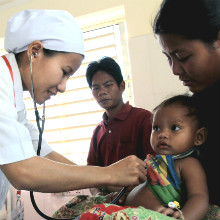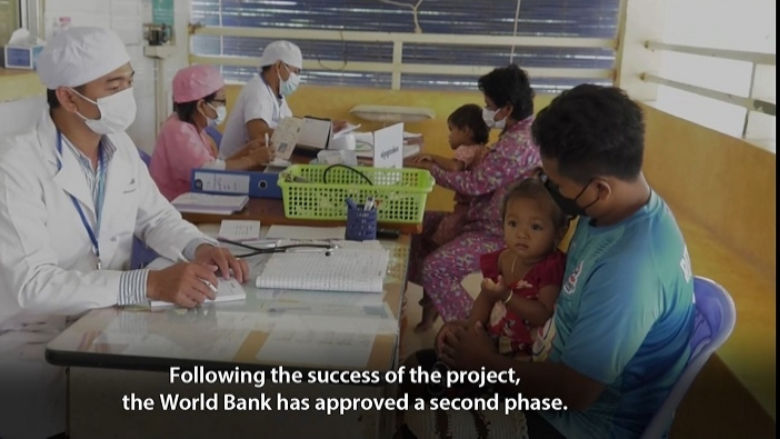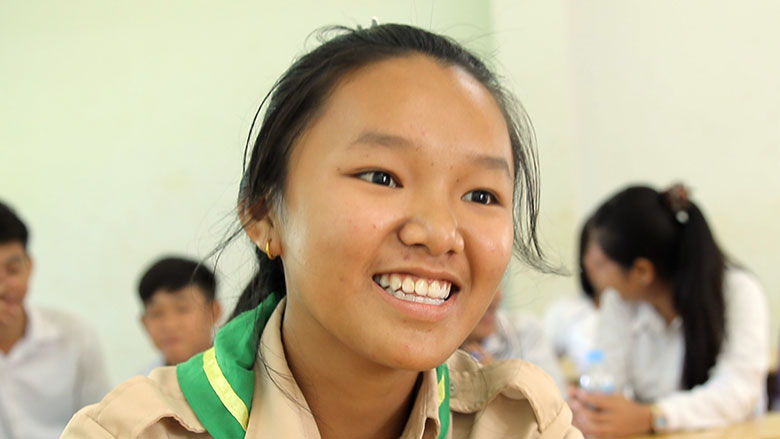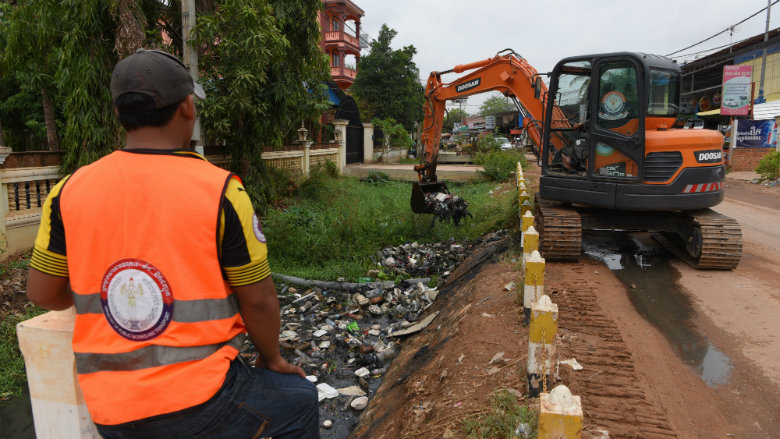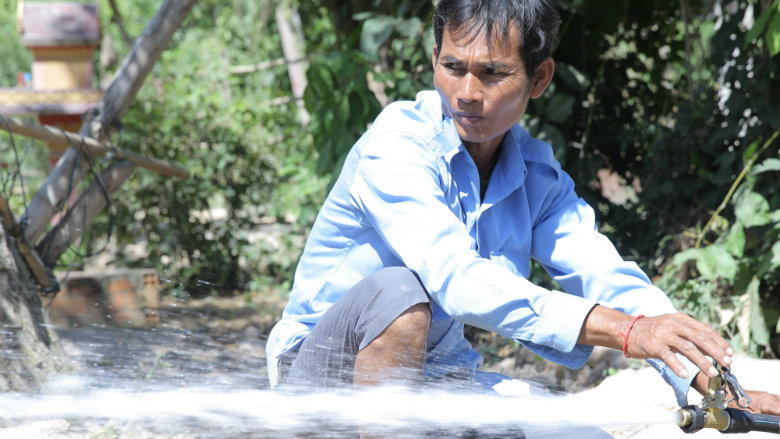Over the two decades before COVID-19 struck in 2020, Cambodia blossomed economically. Cambodia’s economy grew at an average annual rate of 7.6 percent between 1995 and 2019, driven largely by tourism, manufacturing exports, real estate, and construction, making it one of the fastest-growing economies in the world. After reaching lower middle-income status in 2015, it set its sights on becoming an upper middle-income economy by 2030 and higher-income economy by 2050.
The COVID-19 pandemic triggered the first economic contraction in 25 years. In 2020, the economy contracted 3.1 percent. During the post-COVID-19 period, the economy continues to gradually recover, growing at 3.0 percent and 5.2 percent in 2021 and 2022, respectively. Cambodia’s economic growth is estimated to have reached 5.4 percent in 2023.
This year’s economic growth is projected to marginally improve to 5.8 percent, driven mainly by a revival of services and goods exports. Downside risks include weaker-than-expected global demand, global financial stress amid elevated debt and high borrowing costs, and a slower-than-anticipated recovery in China. Domestically, a faster-than-expected increase in non-performing loans could affect macro-financial stability as the housing market correction continues.
In the decade before COVID-19, poverty rates declined by 1.6 percentage points a year, driven substantially by rising labor (especially wage) earnings. However, the COVID-19 pandemic led to increases in unemployment, and poverty. In addition, the energy and food price hikes due to the Russian-Ukraine conflict imposed an additional burden as they weighed on household budgets.
The World Bank’s Assessment, which did not account for implications of COVID-19 or for the fiscal policy response implemented between 2020 and 2022 to support households, suggests that inflation could increase poverty 4 percentage points from the national poverty rate of about 18 percent, measured in 2019/20.
The scale-up of social assistance to poor and vulnerable households, launched in June 2020, has moderated income losses. Poverty nevertheless remains higher than pre-pandemic levels. Poverty is expected to decline due to the projected economic recovery and moderating inflation.
Cambodia has made considerable strides in improving health outcomes, early childhood development, and primary education in rural areas. Life expectancy at birth and under-five, and infant mortality rates have been improved significantly between 2000 and 2021. Despite this progress, human capital indicators lag other lower middle-income countries. In 2020, a child born in Cambodia would be expected to be only 49 percent as productive when grown as she or he could be if she or he enjoyed full quality education, good health, and proper nutrition during childhood.
Cambodia's educational journey, characterized by advancement and resilience, has seen increased enrollment rates, new schools, and improved access to learning. However, this journey is far from complete. Many Cambodian students are not acquiring the foundational skills in literacy and numeracy crucial for future learning and a dynamic workforce. When these children grow up, it is unlikely that they will be able to contribute to Cambodia’s economic growth. This situation highlights the urgent need to harness and develop the vast untapped potential of these young learners.
Key reforms are needed for Cambodia to sustain inclusive growth, foster competitiveness, sustainably manage natural resource wealth, and improve access to and quality of public services. Cambodia continues to have a serious infrastructure gap and would benefit from greater connectivity and investments in rural and urban infrastructure. Further diversification of the economy will require fostering entrepreneurship, expanding the use of technology, and building new skills to address emerging labor market needs. Accountable and responsive public institutions will also be critical. Boosting investments in human capital will be of utmost importance to achieve Cambodia’s ambitious goal of reaching middle-income status by 2030.
Last Updated: April 2024

